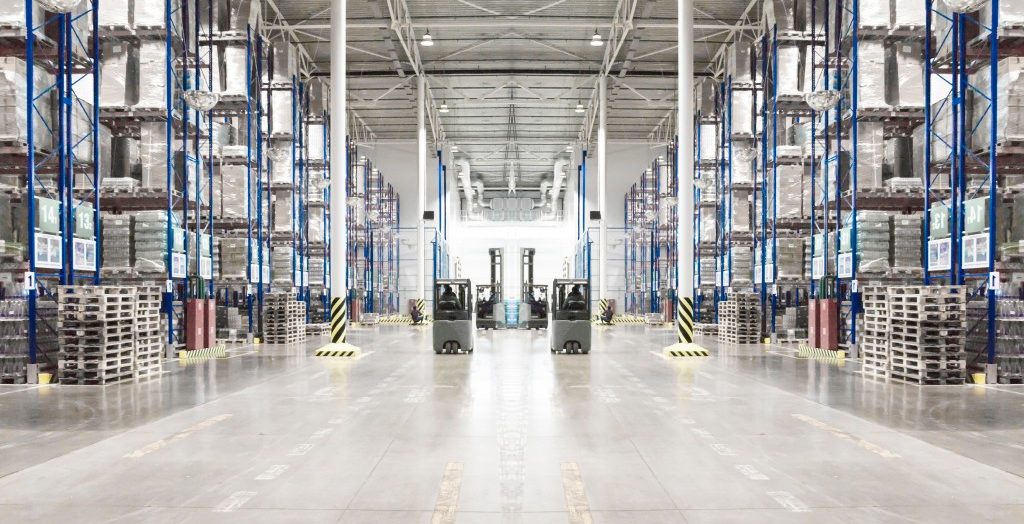Hundreds of items go in and out of a warehouse in a single day. Not to mention the dozens of trucks and vans that carry the products. With this volume of activity, warehouses see a lot of damage. The items and equipment are prone to breakage, as well as the structure itself.
Warehouse managers prioritize protection against product damage since this can result in lost sales. But you should also be cautious and proactive when it comes to structural damage because this can impede your entire operations. Issues like cracks on walls, leaking pipes, or uneven floors may not seem like an urgent concern now, but they can be a huge headache later.
Here’s how.
Floor cracks
The warehouse floor receives plenty of abuse, especially if the crew doesn’t observe protocol. For example, some forklift operators may push one too many pallets at the same time to speed up the process. But the weight of the cargo may damage the truck, the floor, and the pallets.
Floor defects, such as cracks and grooves, damage cargo vehicles. Indoor forklifts have cushion tires, which don’t perform well on rough surfaces. When the forklift drives over cracks or bumps on the floor, the rubber tires will deteriorate quickly. A rough floor may also injure your workers. Driving over bumps and cracks can cause whole-body vibrations that affect the operator’s posture, which can lead to musculoskeletal complications, especially on the lower back.
Bad floors may also impact sanitation. The cracks may collect dirt and particles that are hard to reach, even by sweeping machines. The crevices can also trap soap and water whenever you scrub the floors. The moisture can become a breeding ground for mildew, mold, and pests. If you’re dealing with perishable goods, pieces of produce and other food products may accumulate in the cracks and attract rodents.
Industrial concrete repair can address these floor problems. But you also need to get a closer look at the cause of these cracks in case they run deeper. If the foundation underneath is unstable, you may need to have it releveled before you can repair the cracks. Concrete shrinkage can also cause the joints or the spaces between the concrete slabs on the floor to widen over time. Refill the joints if this happens.
Uneven floor

The concrete slabs on the floor can become uneven over time. This may be due to uneven distribution of weight or poorly leveled ground at the time of construction.
Floor flatness is an important factor in speeding up warehouse operations. If the floor is uneven, trucks won’t be able to run at its optimum speed, which means you won’t be able to move cargo as quickly as you want. An uneven floor can also have an impact on the vehicle’s electronics and cause technical issues.
If the floor has only a slight slope, you may remedy it by grinding down the high areas. If the dips are deeper and more far-reaching, use a self-leveling compound and pour it over the dents.
The best way to address these damage is to repair them immediately once you see them. If you dismiss even a tiny crack, it may grow eventually and create bigger problems. Ensure that your warehouse is in top condition, and you can expect smooth-flowing operations.






